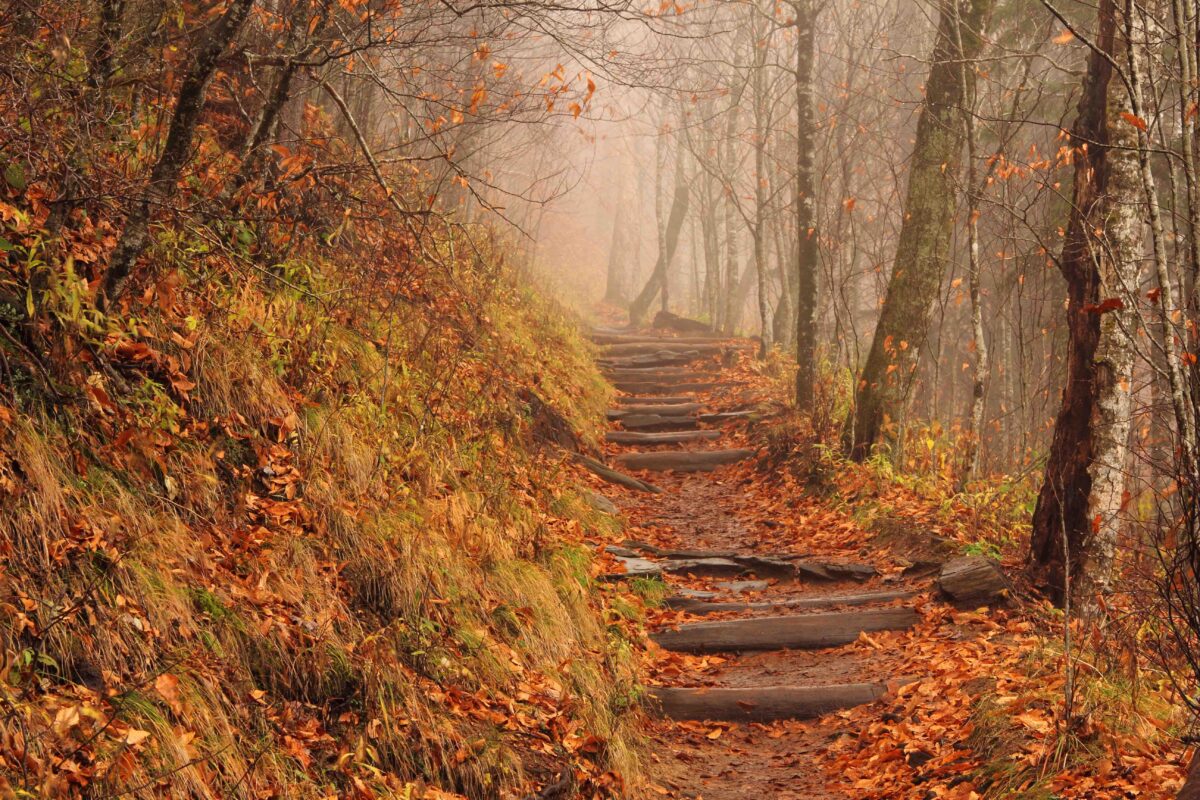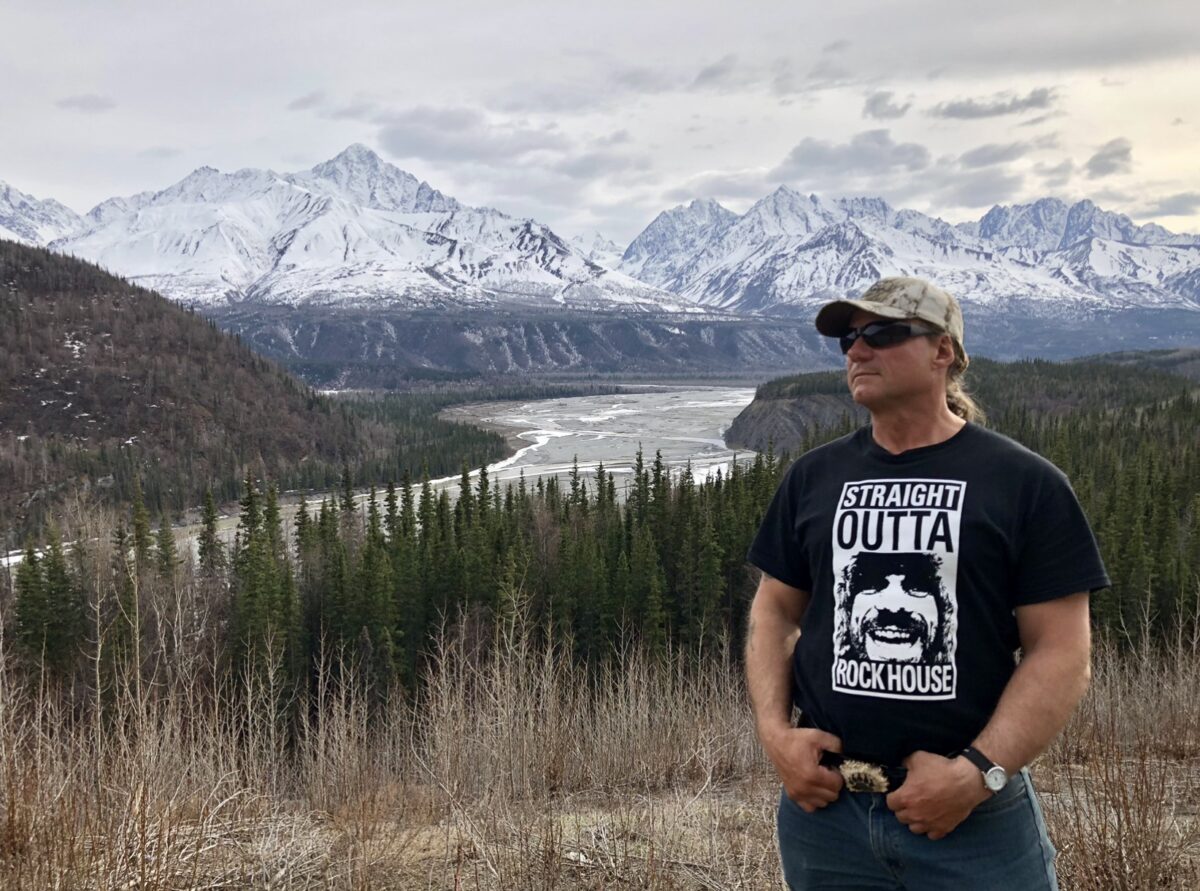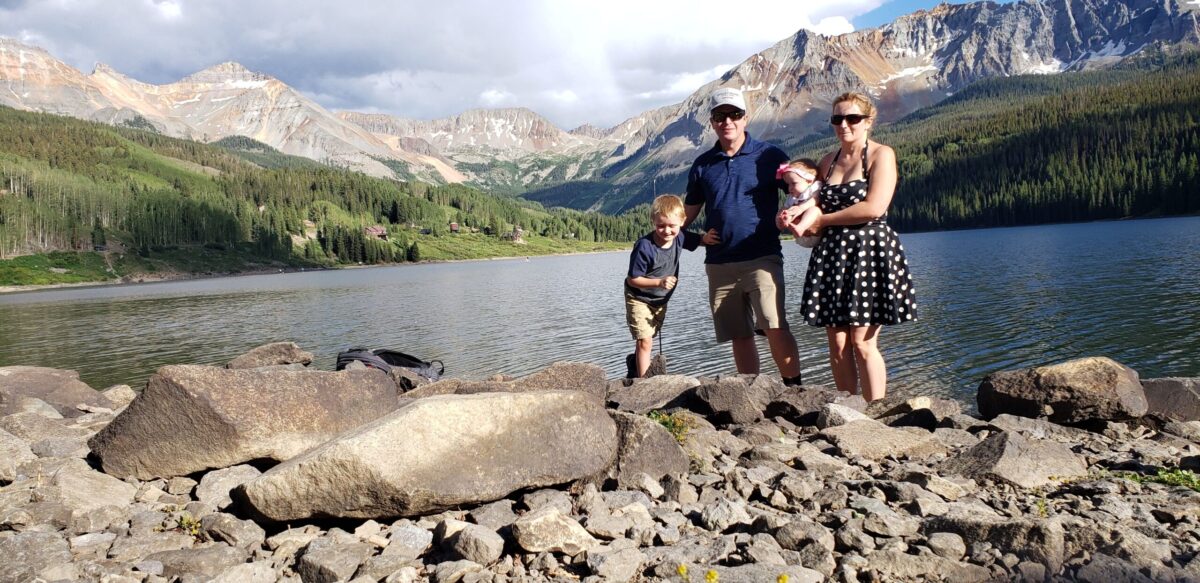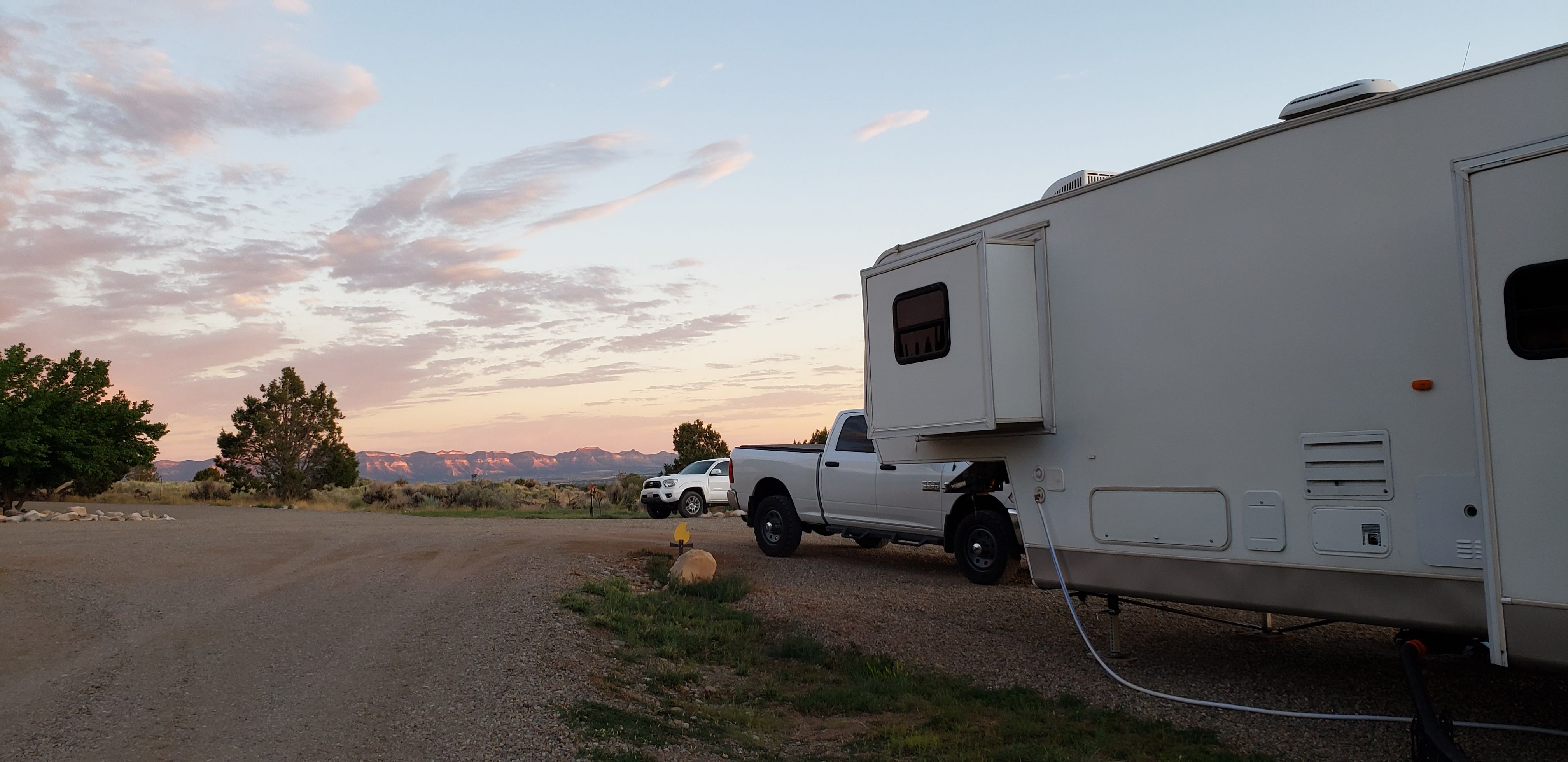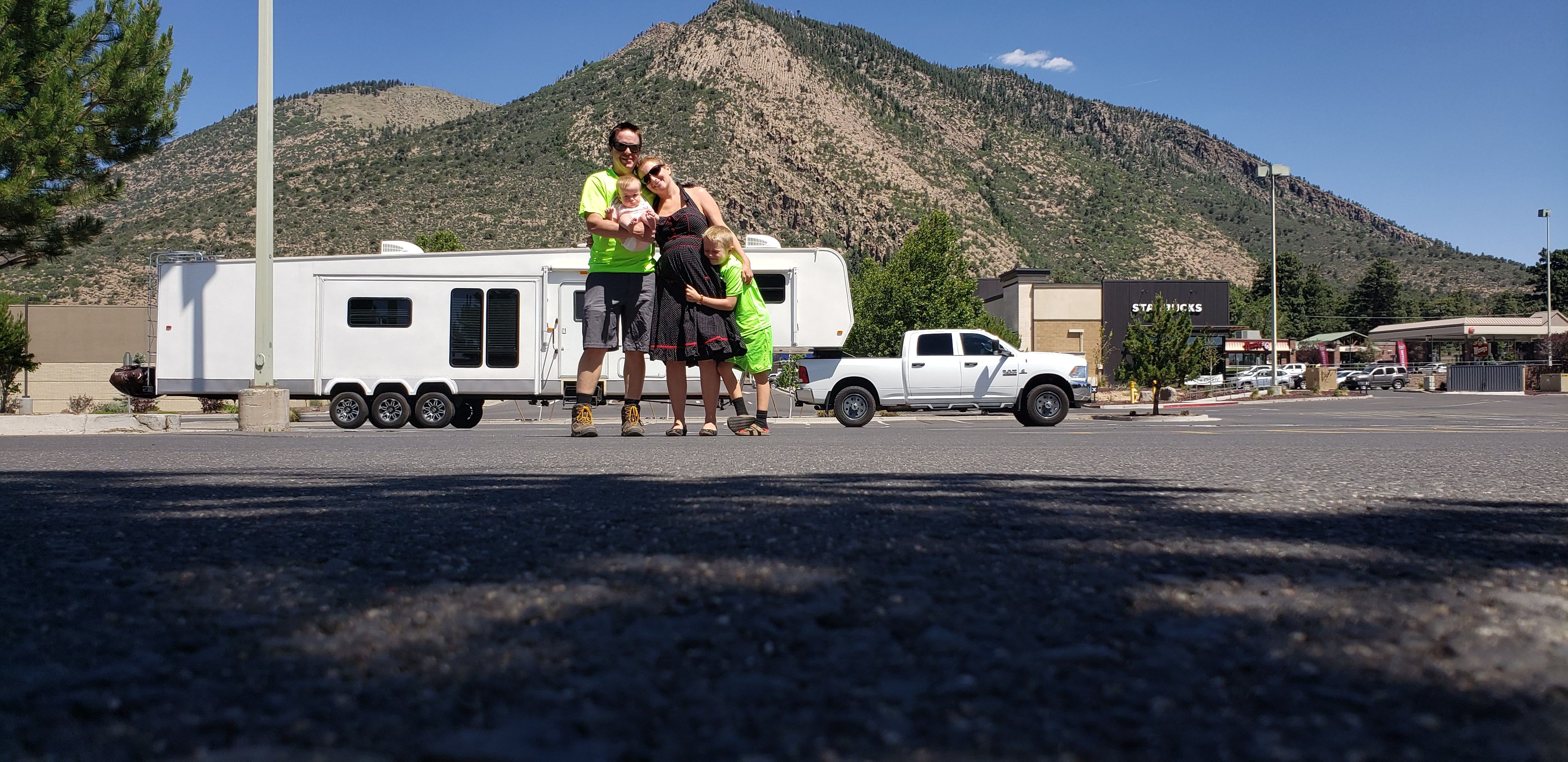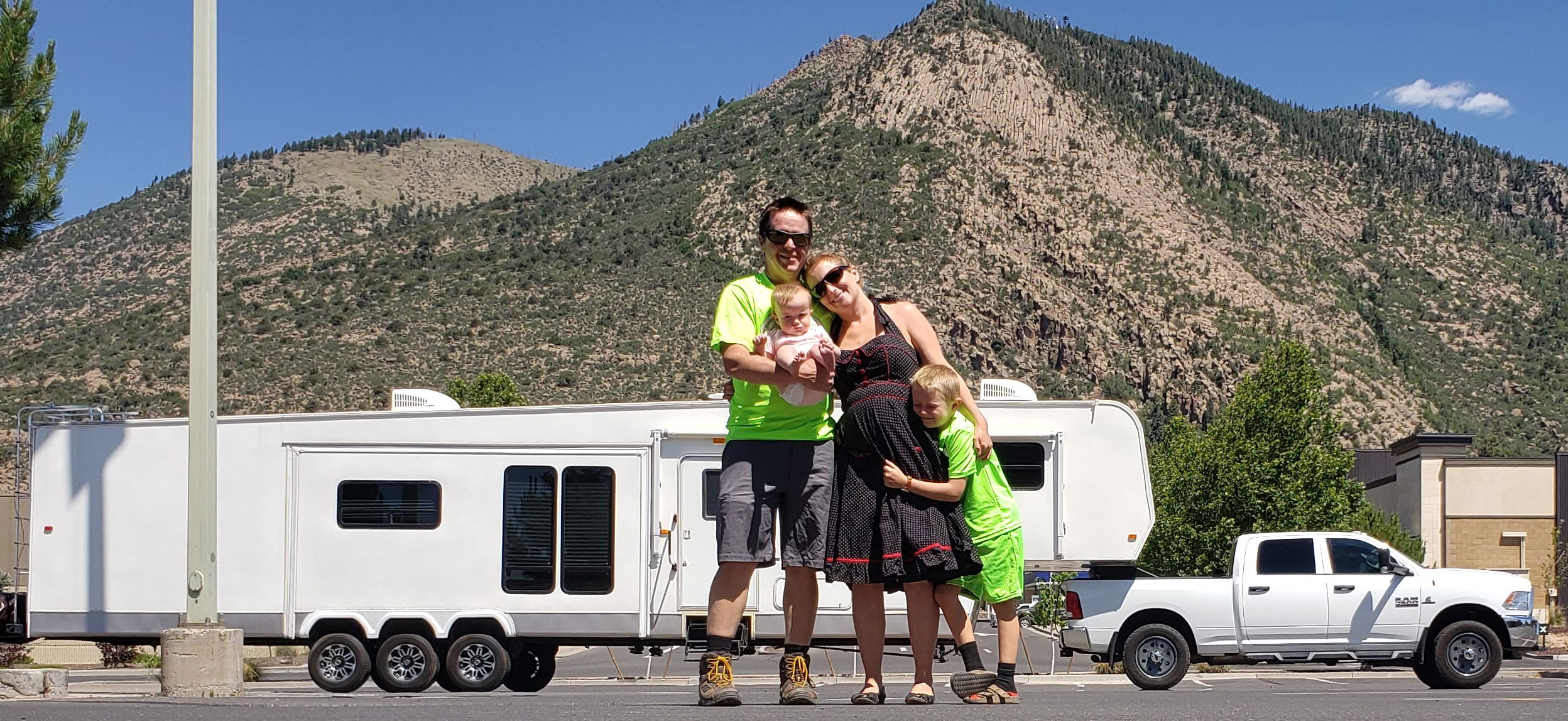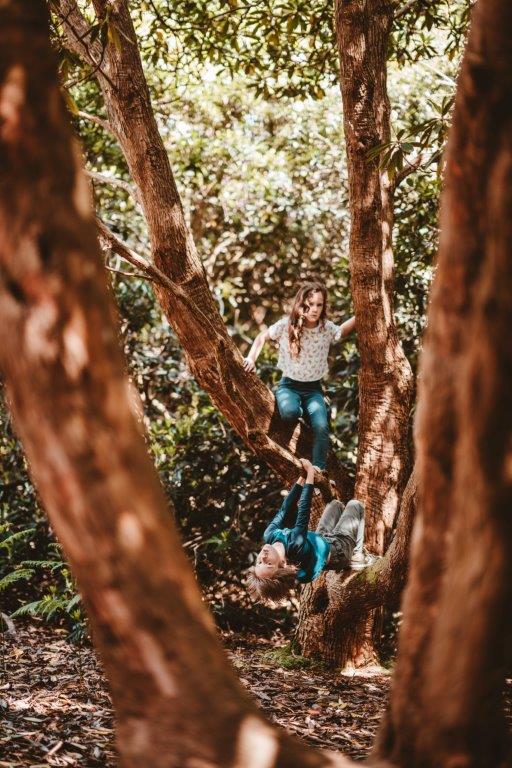A few weeks ago, after years of searching, my husband and I bought our dream property: an old but beautiful farmette in Pennsylvania. We both grew up in rural settings, but we have lived in cities or neighborhoods our whole married lives, so to find a place together and build the life we’ve imagined for so long has been an exciting adventure.
One of our favorite aspects about our new home is that it borders the Appalachian Trail, the longest hiking-only footpath in the world, stretching 2,193.1 miles from Maine to Georgia. I remember feeling amazed that I would be able to hike parts of the trail, and meet travelers from all over the country, once we moved to Pennsylvania. Now that we’re going to be living so close to this American treasure, I decided to do a little bit more research into the trail’s history.
The Trail’s Beginnings
Exactly 100 years ago, the idea of the Appalachian Trail was born when regional planner Benton MacKaye put out a proposal for the trail with an article, “Appalachian Trail: A Project in Regional Planning,” for the October 1921 edition of the Journal of the American Institute of Architects.
In it, he writes something that rings perhaps even more true today than it did in 1921: “We civilized ones also, whether urban or rural, are potentially helpless as canaries in a cage. The ability to cope with nature directly—unshielded by the weakening wall of civilization—is one of the admitted needs of modern times.”
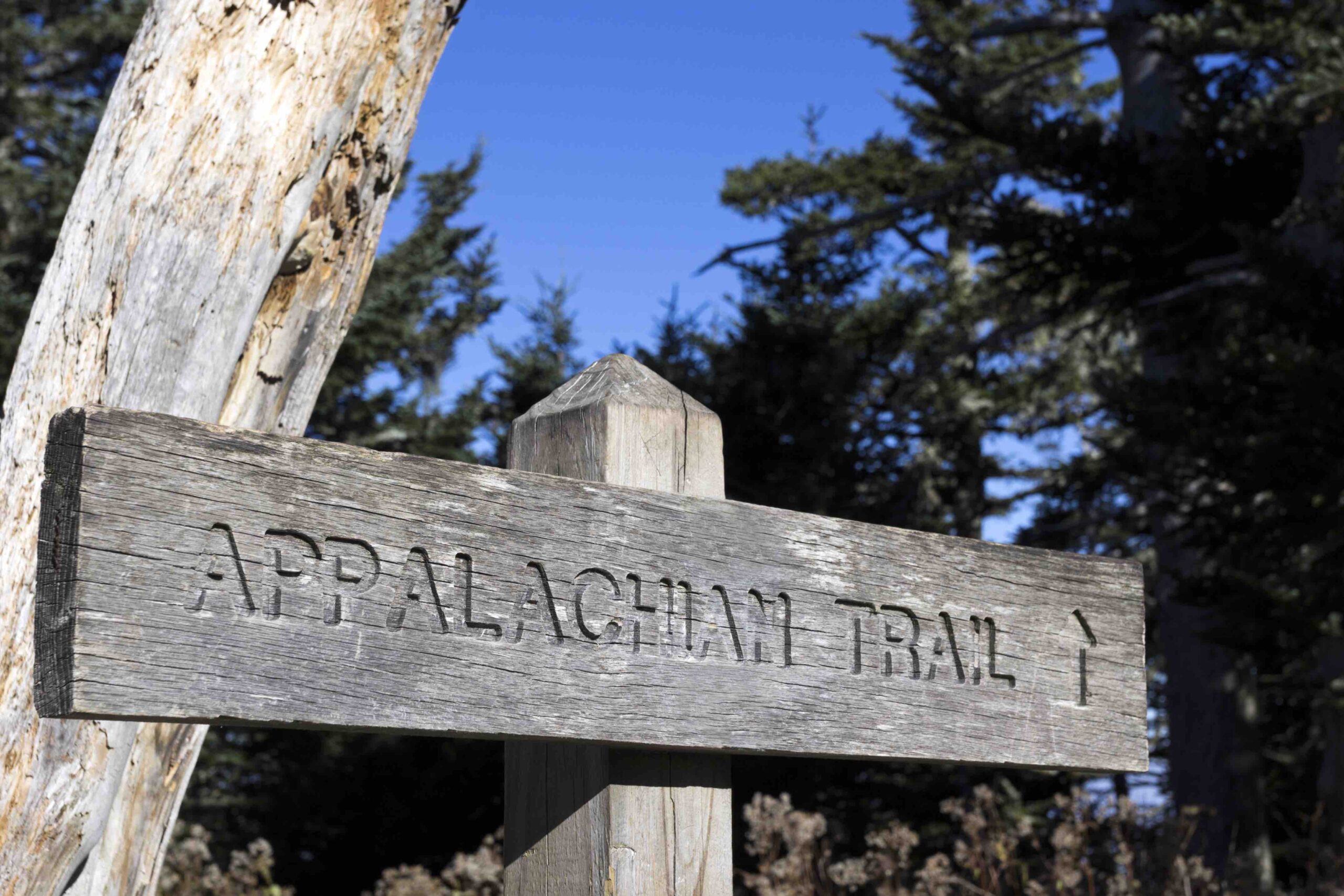
By 1937, the footpath connecting Maine to Georgia was complete. Three years after the Second World War ended in 1945, recovering veteran Earl V. Shaffer became the first person to hike the trail in one consecutive journey. His motive for hiking was to “walk the Army out of my system.” He hiked the trail three times, completing his third trip at the age of 79.
By 1968, the National Trails System Act became law, putting the Appalachian Trail under federal protection. Today, the trail draws over 3 million visitors every year. Many serve as volunteers to maintain the trail’s beauty and cleanliness.
The Trail by State
The trail crosses through 14 states, from the rocky wilderness of northern Georgia, to the Shenandoah National Park in Virginia, to the headquarters of the Appalachian Trail Conservancy in West Virginia, to the trail’s most challenging sections in Maine. To hike the trail is to see the country in its wild beauty and diversity.
Each decade, the number of “2,000 milers,” the name given to hikers who hike the trail in its entirety, grows dramatically. In the 1930s, only 5 people completed the hike from start to finish; in the 2010s, 9,946 hiked the entire Appalachian Trail, according to statistics compiled by the Conservancy.
The Draw to Hike
The first person I met who hiked the trail from start to finish was Emily. She was the sister of a college friend, and we met up with her years ago in Pennsylvania as she was passing through on her way to Maine. As we ate dinner together at my in-laws’ farm, Emily told us story after story about sleeping under the stars, foot injuries, and meeting others along the trail. While we lounged in the candlelight, drinking coffee after a delicious dinner, she talked about listening to audio books; what it was like to have only your thoughts for company day after day; how fulfilling it was to live so close to nature.
This was long before I had ever hiked portions of the trail myself, before I had seen hay bales glowing in the golden hour before sunset on a Pennsylvania farm, before I had picnicked with my daughters by the trail’s streams, before I had ever imagined that we would one day be able to hike the stretch behind our own home after dinner. I was already drawn to it then, when I heard Emily’s stories.
I don’t know if I will ever hike the trail from start to finish like Emily did. With small children in tow, it feels like a distant dream. But I love to get out and hike the trail around me whenever I can, meeting people from across the country when I do. In a polarizing, tense time for our country, I love the reminder that the states of Maine and Georgia are connected by a footpath; that on a ground level, none of us are really all that different. Now, I only have to venture into my backyard to be reminded of this truth.
On the trail, whether for hours or months, we become what MacKaye hinted at: freshly uncaged canaries, learning how to be free.

